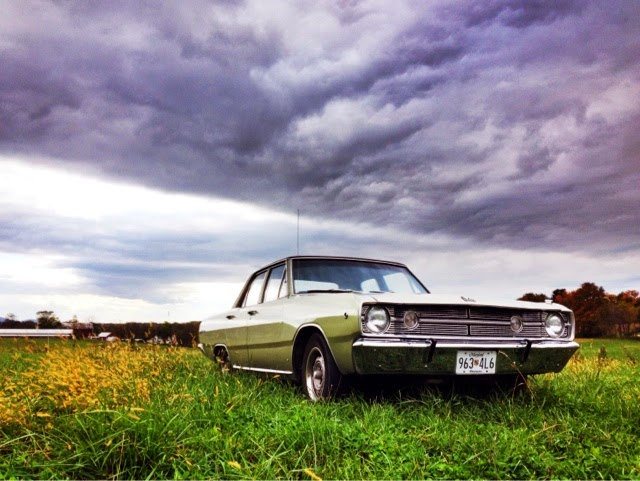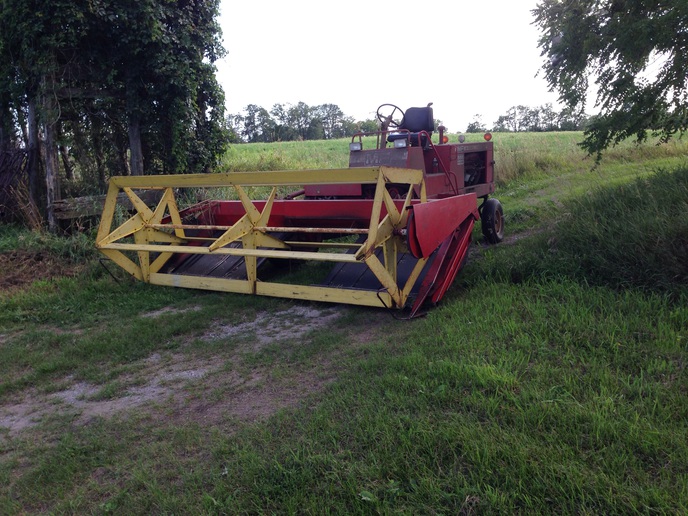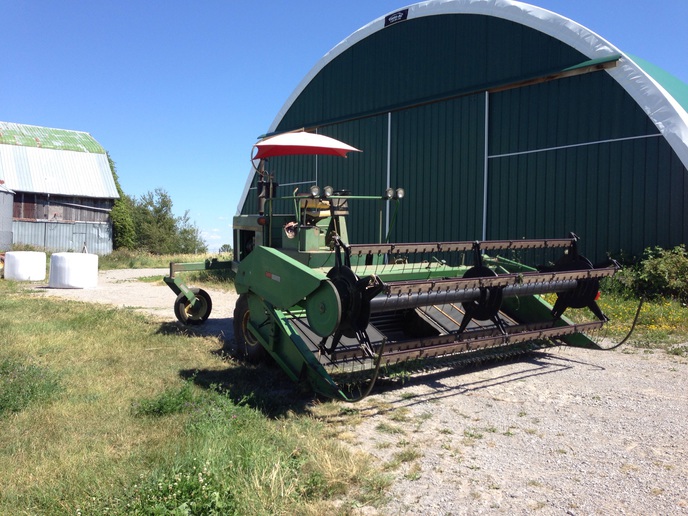I've been wondering about this for a while. My daily driver (and occasional farm vehicle when my trucks are occupied) is a '68 Dodge Dart. It's a slant 6 car, runs like a top. I have had practically no issues in the past 5 years, and usually put about 8000 miles a year on it. Here's a pic, if interested:

The reason I bring this up is I know Chrysler built industrial versions of the 225. It didn't differ all that much from the engine in my car, but that motor found its way into forklifts, swathers (Hesston, I think?), and various generators. I feel like it would make a great tractor engine, but I've not found any company who ever built one. I've heard of a few tractor repowers using Slant Sixes, but I've not seen one in person or even any pictures. Does anybody have any experience or information about using this motor in a tractor application?

The reason I bring this up is I know Chrysler built industrial versions of the 225. It didn't differ all that much from the engine in my car, but that motor found its way into forklifts, swathers (Hesston, I think?), and various generators. I feel like it would make a great tractor engine, but I've not found any company who ever built one. I've heard of a few tractor repowers using Slant Sixes, but I've not seen one in person or even any pictures. Does anybody have any experience or information about using this motor in a tractor application?






